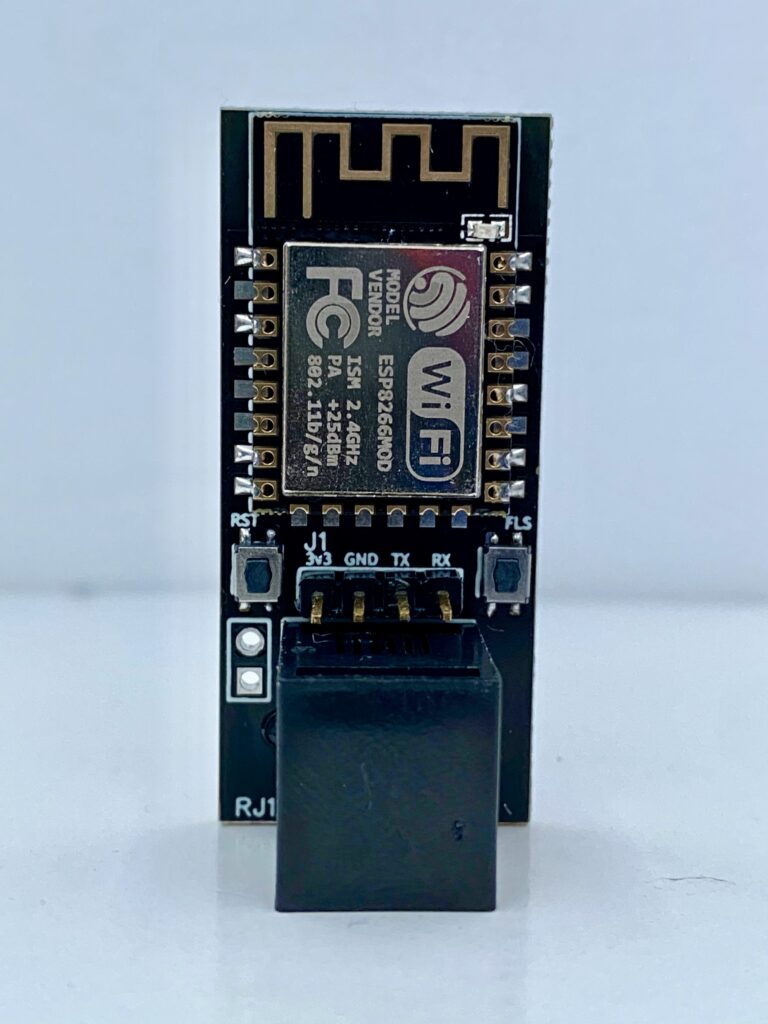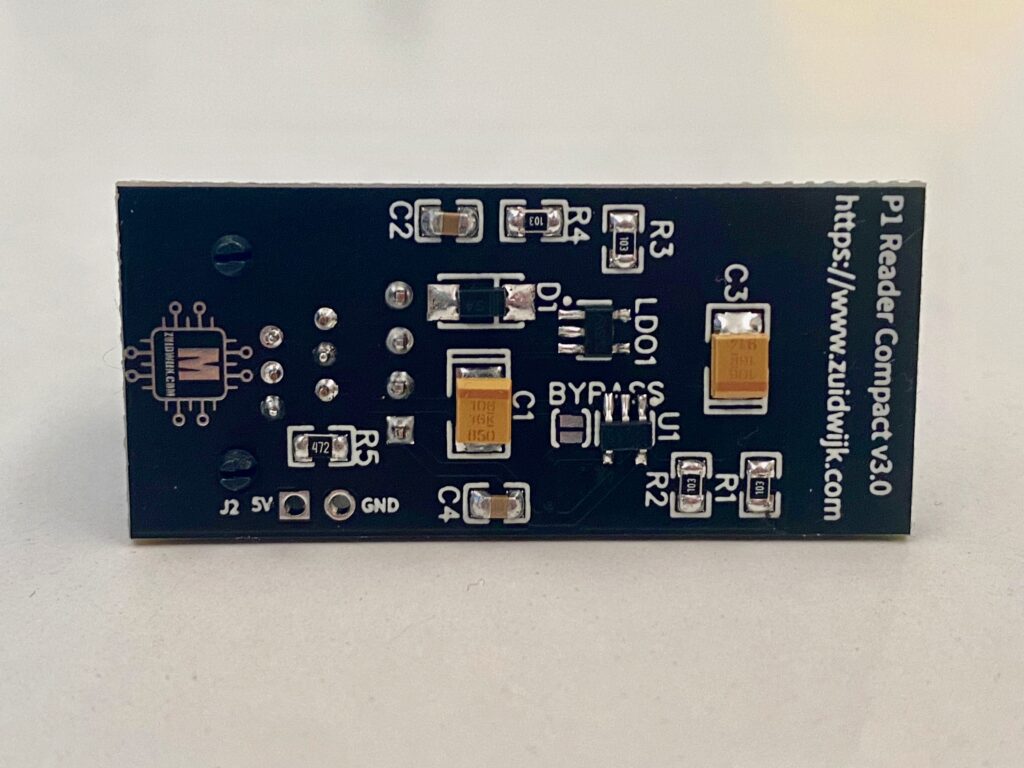As we’re approach the end of 2020, a ridiculous year, I wanted to make a new design of the compact reader. This is the very first model I made and where it all started with. I saw I had only a few left (and needed to replaced because of a design flaw in it 😂).
So as my stock was almost empty and didn’t want to order the ones with a design flaw in it, I decided to redesign the reader…
I wanted some things changed on this redesign:
- Remove the design flaw (capacitor in series, instead of parallel; stupid!)
- Use the new inverter, instead of a mosfet
- Use a smaller low drop out power regulator
- An easier way to program it (sorry, no usb)
- Use the 2nd UART
I redesigned it some several times, each with usb in it. Each design only made it bigger (and more expensive). So the old JTAG has stayed, yet with two buttons to enter flash mode:

So first I removed the flaw in my v1.x design. Actually, v1.3 had that removed yet that never went into production 🤭. With that, also the power regulator was changed to the same as I used for the E20 v3.1.

The new inverter was already used in the Wemos model v2.1. There I had to use a jumper (ugly but solid solution at that time) to be able to flash the esp while the inverter doesn’t intervene while doing that.
Luckily a guy named Jaap de Wolff, who had bought one of my readers, went testing with it and had some more knowledge about esp-link than I do and knew about the 2nd uart. While testing that, the power consumption was lower than using regular uart. Exact numbers I don’t have. Yet the use of a Wemos Pro wasn’t possible most of the times, as it drew too much current. While using the same Wemos Pro and rewired it to the 2nd uart, it worked, so under the 250mA limit.
Therefor I’m using now GPIO13 instead of GPIO3. This is easy to choose in esp-link, and ESPHome (which I wrote earlier) supports this too.
Last, but not least, I added two buttons for easier flashing. Oh, and while is was tracing and routing, I saw the opportunity to add an option for external powering, just in case you’re using an older meter (DSMR 2/3/4).
Look at this beauty 🥰








